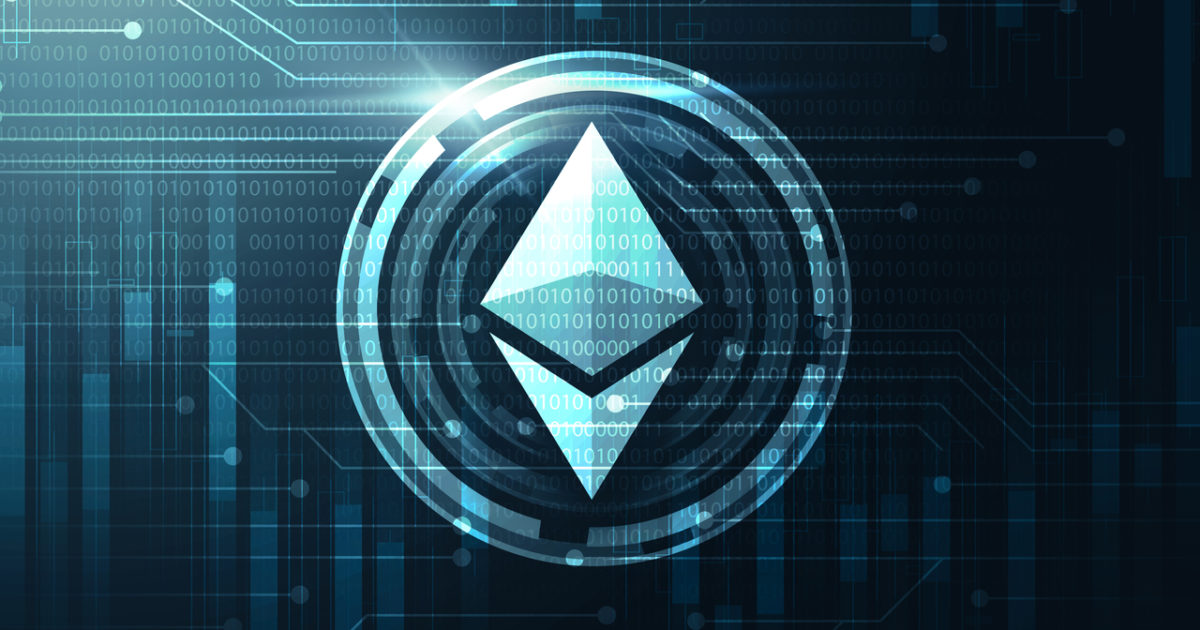Consensys, an Ethereum software company, announced yesterday the launch of a new scaling solution for Ethereum, called “Consensys Rollups.” The company enlisted Mastercard programmers to design the solution, which aims to allow the network to reach a throughput of 10,000 TPS (transactions per second), according to a PR statement. The solution can be implemented on top of private, permissioned protocols like Quorum, or on public chains like Ethereum.
Consensys to Address Scaling With Mastercard’s Assistance
Consensys, an Ethereum software company, launched Consensys Rollups yesterday, a ZK-proof-based scaling solution for Ethereum-based networks. The company revealed that this initiative had been undertaken with the help of Mastercard’s engineering team, which helped to design the solution.
According to Consensys, the Consensys Rollups solution will be deployable on enterprise-focused protocol platforms such as Quorum, or directly on Ethereum. Quorum is a Consensys-acquired, JPMorgan-developed protocol layer that allows companies to deploy their apps in a secure environment resembling Ethereum. According to Consensys:
[The goal is] to provide enterprise-grade scalability to leading financial organizations and others, addressing the key challenge of scalable applications on the Quorum tech-stack.
The implementation of such a scaling solution would ostensibly allow these networks to process up to 10,000 TPS, much more than the number of transactions that happen on Ethereum Layer 1 (L1) now. This development follows the announcement of a partnership between Mastercard and Consensys made in April, with the goal of combining their expertise to develop Quorum-based solutions.
The State of Ethereum L2 Scaling
The Ethereum L2 (Layer 2) scaling panorama has experienced substantial growth this year. According to L2 beat, an L2 Ethereum layer value aggregator, there are now more than $5 billion dollars locked in some of these initiatives, up from the $50 million that these same solutions registered at the start of the year.
This newly developed solution launched yesterday could come to compete with other solutions like Arbitrum, which already has more than $2.2 billion dollars in its platform, with more than 50% of this value in Ether. The scaling solution uses the same underlying technology as Consensys Rollups, called ZK-proofs.
But this is not the only technology used to scale Ethereum. Optimism, another scaling network, uses a different technology called Optimistic Rollups, which technically differ from the aforementioned solutions. Vitalik Buterin, the co-founder of Ethereum, has stated that while ETH2 has a solution for scalability, the Ethereum ecosystem is likely to be all-in on rollups before ETH2 arrives.
What do you think about the Consensys Rollups Technology? Tell us in the comments section below.
Image Credits: Shutterstock, Pixabay, Wiki Commons
Disclaimer: This article is for informational purposes only. It is not a direct offer or solicitation of an offer to buy or sell, or a recommendation or endorsement of any products, services, or companies. Cryptox.trade does not provide investment, tax, legal, or accounting advice. Neither the company nor the author is responsible, directly or indirectly, for any damage or loss caused or alleged to be caused by or in connection with the use of or reliance on any content, goods or services mentioned in this article.





